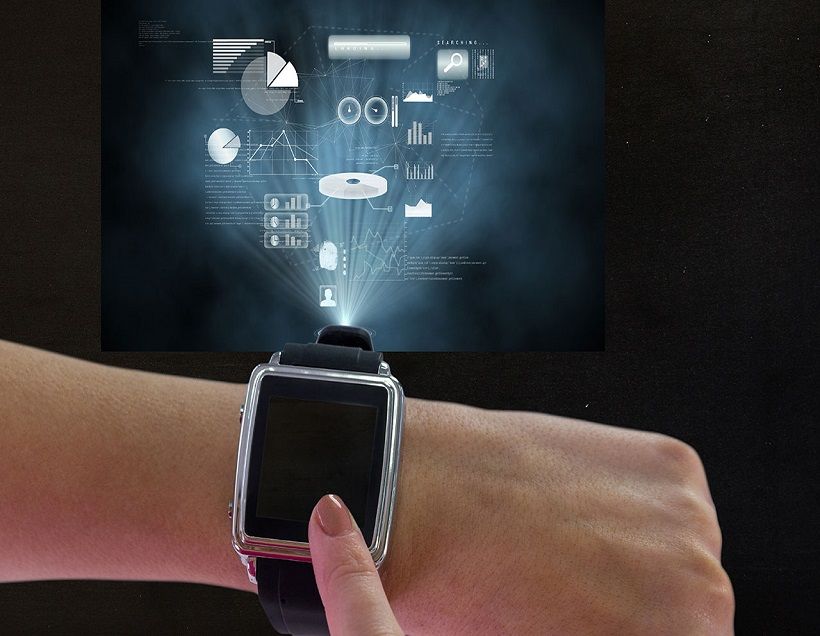Wearable technology is a new trend that incorporates electronics into everyday activities, adapts to changing lifestyles, and can be worn on any part of the body. The capability to connect to the Internet and establish data exchange between a device and a network is what drives wearable technology. There is a variety of wearable technology, such as head-mounted displays, smartwatches, smart clothing, fitness trackers, and ear worn, among others.
Wearable technology strives to have an impact on a variety of industries, including wellness, health and medicine, disability, aging, transportation, education, finance, business, music, and gaming, among others. The goal is to integrate into people’s daily lives and become a valuable part of them.
The rising prevalence of chronic diseases is projected to boost the sales of Europe wearable technology market during the projected period. The increased burden of chronic diseases among the population is the primary reason that Italy, France, and Germany have some of the highest healthcare expenditures. This illustrates why people in Europe have such a high rate of chronic illnesses. Such discoveries are assisting in the expansion of the Europe wearable technology market. A substantial increase in chronic illnesses and the requirement for real-time body monitoring for health checkups in Europe are expected to drive the Europe wearable technology market even further.
Moreover, increased health issues, such as obesity and other health-related illnesses, drive people to use fitness devices, reducing medical fees. Furthermore, the convenience of making calls and viewing notifications provided by these devices is boosting the Europe wearable technology market.
As per Transparency Market Research, the Europe wearable technology market is projected to grow swiftly during the forecast period (2022 to 2031).
Get a glimpse of the in-depth analysis through our Report Sample
Increasing Demand for Remote Patient Monitoring Systems to Aid Market Growth
Respiratory disease, neurological disease, diabetes, cardiovascular disease, and other disorders are more common in the older population. This aspect is projected to improve the Europe wearable technology market outlook during the projected period.
The growing senior population, combined with an increase in the number of persons suffering from chronic health issues, is driving the adoption of remote patient monitoring systems. This patient monitoring system can assist patients in managing chronic diseases by tracking crucial risk variables such as glucose, blood pressure, and other vital signs. Patients can utilize a handheld medical device to perform a standard test and then use this technology to communicate the findings to healthcare professionals in real-time. These aspects are projected to boost the European wearable technology market during the forecast period.
Moreover, increased demand for remote patient monitoring technology further aids in extending physicians’ reach, allowing for the development of a consistent relationship between caregivers and patients and providing clinicians with a continuous supply of real-time health data for patient care.
Furthermore, the advantages of wearable technology to many end-use industries, such as entertainment, fitness & sports, and consumer applications, have spurred the global adoption of wearable technology.
Europe Wearable Technology Market Benefitted from COVID-19 Pandemic
The outbreak of COVID-19 had a substantial impact on the Europe wearable technology market growth. The demand for patient monitoring devices and wearable devices has surged throughout the pandemic phase since they enable practitioners to communicate and monitor medical problems without making contact. Remote monitoring of critical indicators associated with COVID-19, such as skin and body temperature, pulse rate, breathing rate, blood oxygen level, and heart rate, can help assess the spread and early detection of the virus. This is expected to have a beneficial impact on the growth of the Europe wearable technology market.
For example, according to an article released in April 2022 by The Lancet Digital Health Journal labeled “Effectiveness and safety of pulse oximetry in remote patient monitoring of patients with COVID-19: a systematic review,” pulse oximetry is a pragmatic technique for assessing whether patients require hospitalization or can be safely managed at home by remotely monitoring their SpO2 levels.





























